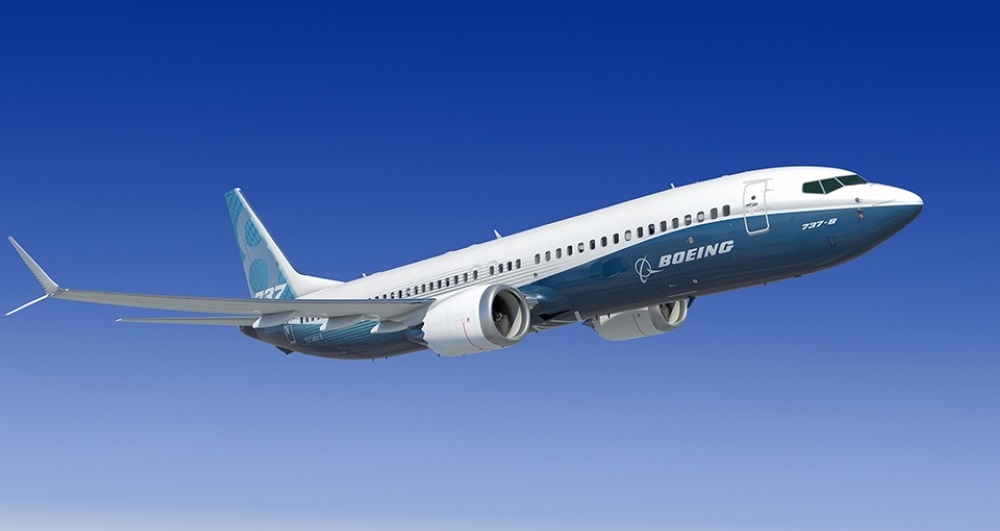CHICAGO, Oct. 25, 2019 /PRNewswire/ — Boeing (NYSE: BA) issued the following statement regarding the release today of the final investigation report of Lion Air Flight 610 by Indonesia’s National Transportation Safety Committee (KNKT):
“On behalf of everyone at Boeing, I want to convey our heartfelt condolences to the families and loved ones of those who lost their lives in these accidents. We mourn with Lion Air, and we would like to express our deepest sympathies to the Lion Air family,” said Boeing President & CEO Dennis Muilenburg. “These tragic events have deeply affected us all and we will always remember what happened.”
“We commend Indonesia’s National Transportation Safety Committee for its extensive efforts to determine the facts of this accident, the contributing factors to its cause and recommendations aimed toward our common goal that this never happens again.”
“We are addressing the KNKT’s safety recommendations, and taking actions to enhance the safety of the 737 MAX to prevent the flight control conditions that occurred in this accident from ever happening again. Safety is an enduring value for everyone at Boeing and the safety of the flying public, our customers, and the crews aboard our airplanes is always our top priority. We value our long-standing partnership with Lion Air and we look forward to continuing to work together in the future.”
Boeing experts, working as technical advisors to the U.S. National Transportation Safety Board, have supported the KNKT over the course of the investigation. The company’s engineers have been working with the US Federal Aviation Administration (FAA) and other global regulators to make software updates and other changes, taking into account the information from the KNKT’s investigation.
Since this accident, the 737 MAX and its software are undergoing an unprecedented level of global regulatory oversight, testing and analysis. This includes hundreds of simulator sessions and test flights, regulatory analysis of thousands of documents, reviews by regulators and independent experts and extensive certification requirements.
Over the past several months Boeing has been making changes to the 737 MAX. Most significantly, Boeing has redesigned the way Angle of Attack (AoA) sensors work with a feature of the flight control software known as Maneuvering Characteristics Augmentation System (MCAS). Going forward, MCAS will compare information from both AoA sensors before activating, adding a new layer of protection.
In addition, MCAS will now only turn on if both AoA sensors agree, will only activate once in response to erroneous AOA, and will always be subject to a maximum limit that can be overridden with the control column.
These software changes will prevent the flight control conditions that occurred in this accident from ever happening again.
In addition, Boeing is updating crew manuals and pilot training, designed to ensure every pilot has all of the information they need to fly the 737 MAX safely.
Boeing continues to work with the FAA and other regulatory agencies worldwide on the certification of the software update and training program to safely return the 737 MAX to service.

